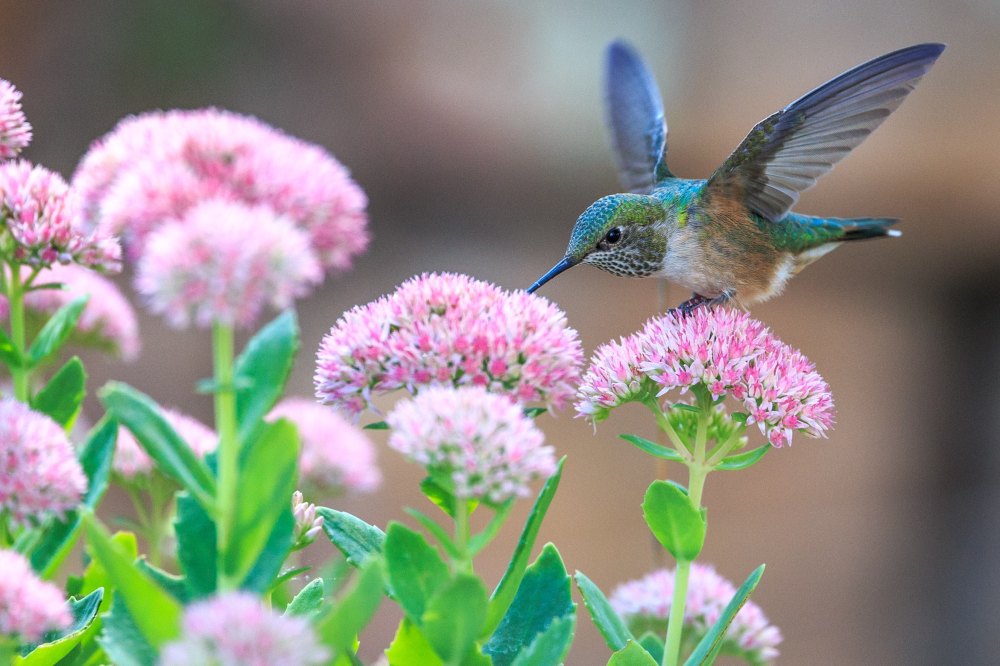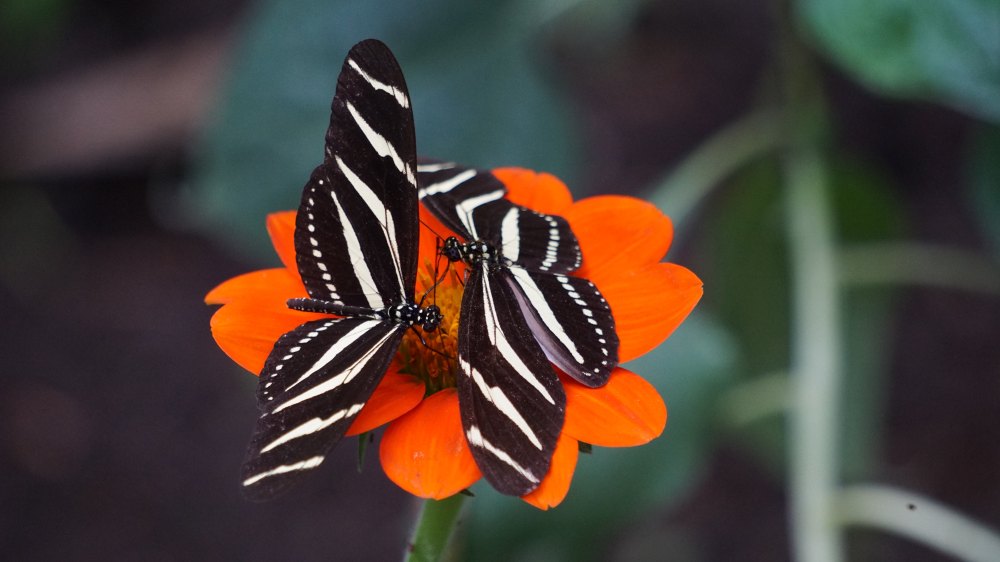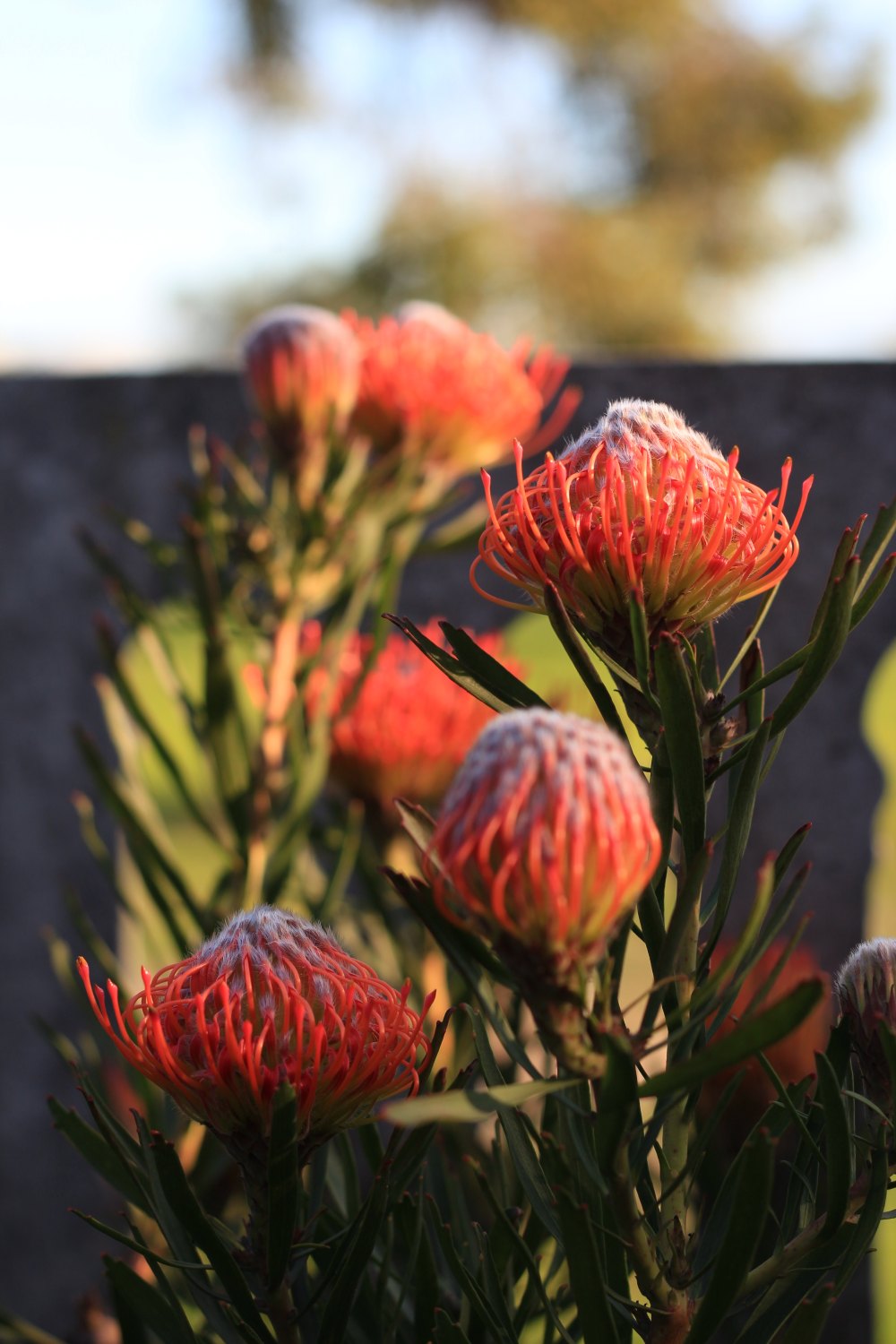Bees get most of the attention when it comes to pollination… But they cant pollinate 75% of the worlds flowering plants on their own. Other animals and insects like Bats, Butterflies, birds and beetles all contribute to the cross-pollination of plants like blueberries, watermelons, coffee and cocoa.
A flourishing garden requires pollinators of all kinds in order to successfully reproduce seeds and fruit.
Pollination is the process of pollen being transferred from the male part of a flower (the anther) to the female part of a flower (the stigma). Insects, birds, bees etc all perform cross-pollination which results in an increase genetic diversity and chances of survival for the flower. The pollination process is beneficial to both pollinators and plants as this process enables plant reproduction and pollinator sustenance.
To attract maximum pollinators many flowers offer sweet nectar that provides nutritious sugars, fats and oils. The pollen itself is also a rich source of protein and contains nutrient antioxidants and vitamins.
Birds are effective plant pollinators, and usually carry pollen on their beak, forehead, face and chin feathers. Flowers visited by birds are often red, yellow and green. In Australia at least 250 plant species are visited by hundreds of different bird every day.

Did you know some flowers are dependant on butterflies for pollination? The caesalpinia pulcherrima, a plant in the pea family, found in the Americas, is pollinated primarily by butterflies carrying pollen on their wings.

Flowers use a variety of distinguishing features to attract pollinators such as colour, shape and scent.
Insects are attracted to ultraviolet light and birds can see into the infrared spectrum. Studies have identified flowers displaying ultraviolet or infrared patterns that help guide the insects and animals to its nectar. Watch a ted talk on the hidden patterns of flowers by Jonathan Drori here and the hidden power of pollinators by Louie Schwartzberg here.
Attracting pollinators to your garden
GO NATIVE
Native plants are always best for a thriving garden. The benefits include minimal work, soil enrichment, water reduction and a safe place for all pollinators.
Native shrubs, such as grevilleas, callistemon (bottlebrushes) and banksias are nutritious food for frequent blossom-feeding birds such as lorikeets and honeyeaters common to Australia.

To attract butterflies plant native nectar flowers such as; blunt -leaf senna, Karamat and Globe amaranth. Flowers like kangaroo paw and Leptospermum or ‘Pink Cascade’ will attract a variety of native pollinators. Find out how to make your garden beneficial for Aussie bees here.
Remember to resist the use of pesticides, as they can be very harmful to pollinators. When purchasing seedlings remember to consider and question the horticultural practises used by the retailer… Many major franchises do not have strict organic horticultural practises so to ensure the best for your pollinators GO ORGANIC or buy seed and grow your own. Find out more Tips and Tricks here.
Great article and very informative. Thanks!
LikeLike